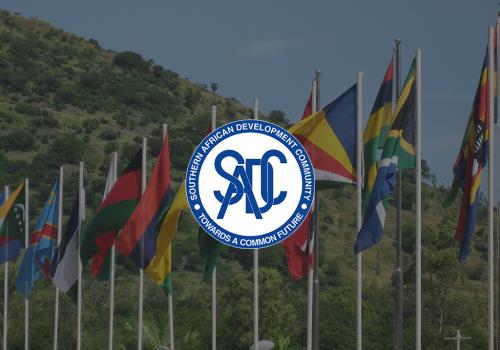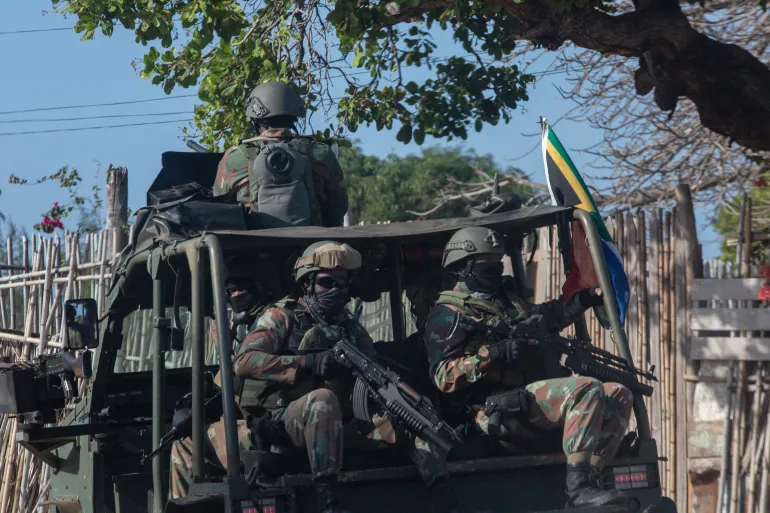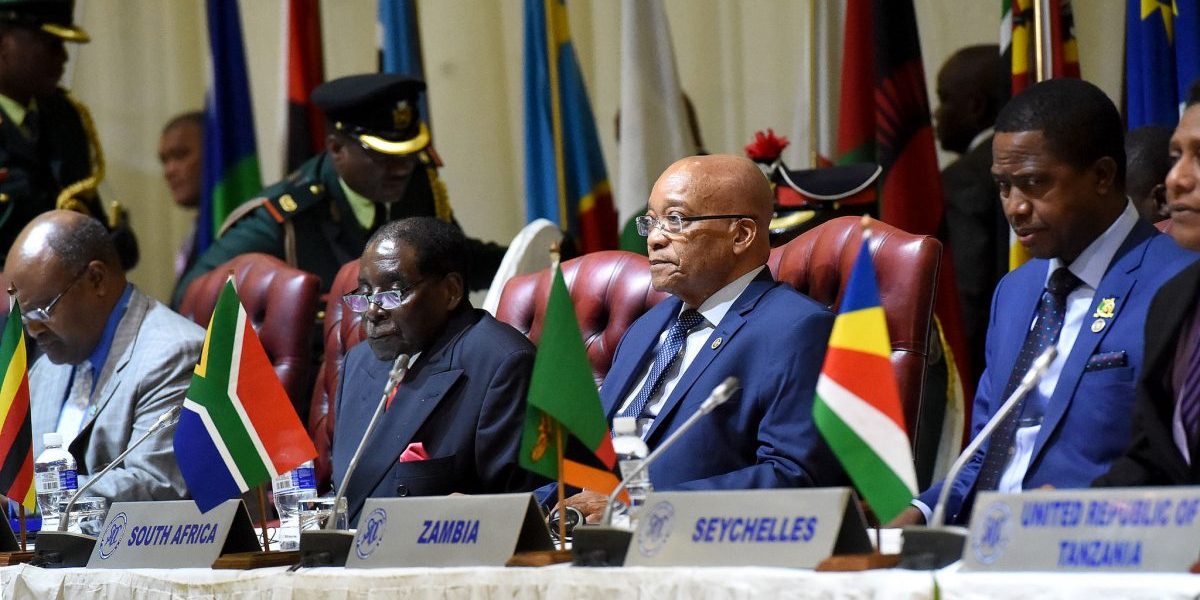A reevaluation of South Africa’s Border Policy amidst increased migration and regional instability
Data, threats, a dilemmas of regional integration: an investigative piece
With over 5,000 km of land borders and neighboring countries in political and economic crises, South Africa is centrally positioned within Southern Africa and is at the heart of regional migration. Thousands of people cross its borders daily, coming from Zimbabwe, Mozambique, Lesotho, the Democratic Republic of Congo, and others.
This steady migration has caused South Africa to enforce immigration policies, therefore raising discussions about security, human rights and the aspect of regional integration.
This paper will discuss the future of South Africa’s border policy with a growing migration challenge in the Southern African Development Community (SADC), supported by data, expert insights and real-world events.

Border Realities Now Facing South Africa
Major Entry Points
Beitbridge (Zimbabwe) South Africa’s busiest land border
• Lebombo/Komatipoort (Mozambique) – logistic and migration big
• Maseru Bridge (Lesotho) – large flow of the commuter at the border
• Informal Border Crossings – over 100 unofficial path that use every day
According to the South African Department of Home Affairs (DHA) more than 500,000 people cross the border legally each month while about 3 to 5 million people are in the country without documents.
Why is migration to South Africa growing
Push factors:
• Economic and political crises in countries such as Zimbabwe, Mozambique, or the Democratic Republic of Congo
• Factors such as armed conflicts and insurgencies, specifically in the north of Mozambique
• Infrastructure and service delivery inadequacies in home countries
Pull factors:
• Public healthcare at no cost (with South Africa having universal coverage)
• More significant informal economy and employment prospects
• Better infrastructure and the perceived relative stability
Government response: tougher border policy
1. Digital Border Management Programme (DBMP)
Begin in 2022 to join fingerprints, monitoring and e-Visa systems at main land points.
“We need smart, up-to-date and safe borders,” said DHA Minister Aaron Motsoaledi.

2. End of Special Permits
• The Zimbabwe Visa Exemption Permit (ZEP) is taken away, leaving 178,000 Zimbabweans at risk of being sent back after more than ten years of staying legall.
3. More Soldiers Present
The SANDF currently carries out border patrols as part of its duties in the war against smuggling, illegal crossings, and human trafficking.
Graph: Trends in illegal interceptions (2017-2023)
Source: Data from DHA, ISS Africa
SADC and the aspiration of freedom of movement
The SADC Free Movement Protocol
SADC has designed a Free Movement Protocol intended for regional unification, akin to the EU model. It caters for the following:
• Travel without visas
• The mobility of workers
• Border policies that work the same
Porous land borders have thus produced a fertile breeding ground for the thriving informal sector. This has resulted in the country losing an immeasurable wealth in unpaid taxes and fostering corruption through illegal trade with tax revenue.
Remote border posts go unwatched. It offers a way in for criminal groups and those who traffic people.
3. Too many asylum claims
There are over 120,000 outstanding asylum requests. It takes more than five years to process them, according to the UNHCR.
4. When migrants become criminals
People without papers get locked up and sent away – even if they have not broken any laws. This raises big human rights worries.
A way forward: Safe and humane
✅ Updating borders
• Putting money into biometrics, watching the borders electronically and e-visa programs
• Solving the problem of corrupt border crossings
• Making regional work stronger
✅ Migration Policies that are Open and People-Oriented
• Bring back or make changes to special permits
• Set up temporary ways to make things regular
• Strengthen how refugee protection works
✅ Working Together with Others in the Region
• Giving formal approval to migration agreements between 2 nations
• Supporting watched paths for legal migration
• Pushing for a responsible plan for movement within SADC
Conclusion
The future of South Africa’s border policy balances the protection of national sovereignty with the need to assume a leadership role in the region while adopting a punitive approach to prioritize security risks which may account for human rights abuses and regional tensions and informal migration routes.
This is however quite unsustainable in the long run and reality cannot be wished away.
The answer is no. There are active controls, but enforcement is uneven, particularly in rural areas.
Is the SADC Freedom of Movement Protocol still very much alive?
Yes, it has yet to be approved by major countries, including South Africa.
4. Which border post is the busiest?
The busiest border post is Beitbridge, which has the highest volume of both legal and illegal border crossings.
5. Is border militarisation effective?
Militarising the border has mixed results, though it raises significant human rights concerns for those who are seeking asylum.
6. Is legal immigration to South Africa possible?
Legal immigration to South Africa is possible through work visas, asylum, study permits, and some regional arrangements.
7. What is the best way forward?
Work on improving infrastructure, try to put in place kind migration policies, and help guide SADC in a direction that supports responsible
